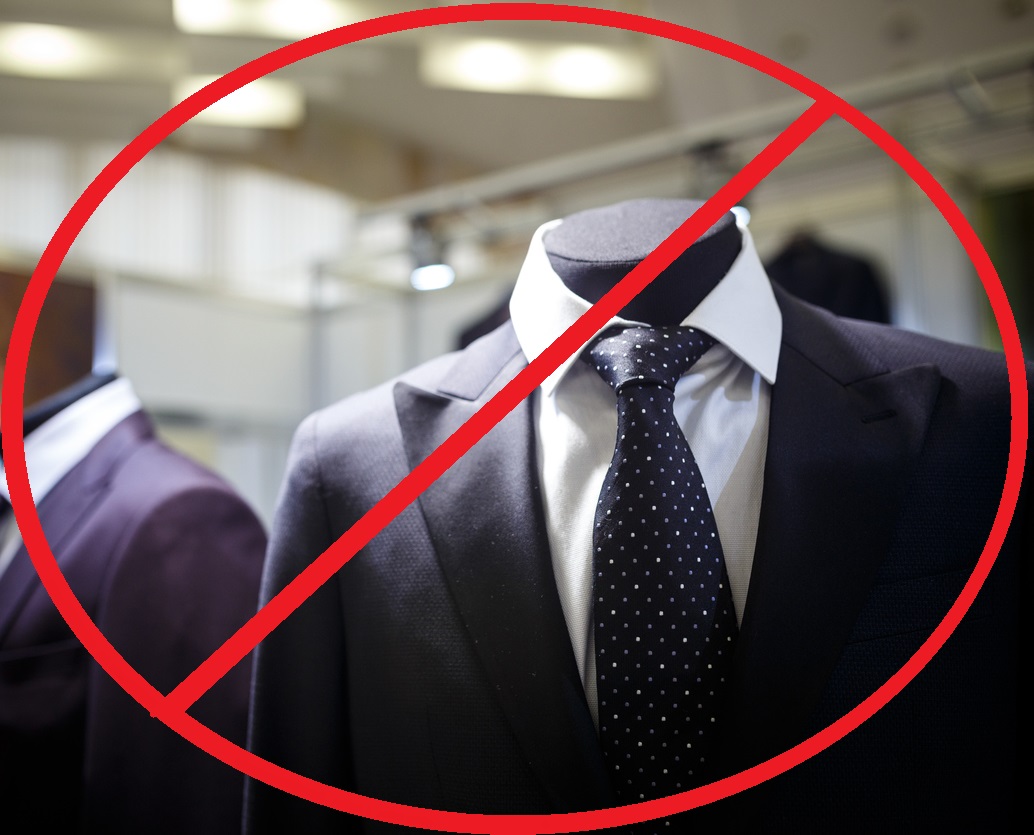 The 1980s and 1990s were the era of wearing power suits, and they defined the business environment. As times change, so does the corporate dress code.
The 1980s and 1990s were the era of wearing power suits, and they defined the business environment. As times change, so does the corporate dress code.
Wearing a t-shirt on a conference call or a hoodie at Google’s office is the new normal. The business dress code is becoming more casual and flexible to highlight our skills and performance but is still imbued with a fashion sense. Where are these trends coming from, and how should managers respond?
The Tech Industry Pioneering Casual Attire
Big companies like Google, Twitter and Facebook are famous for their casual office attire. Dressed in hoodies and jeans, the employees behind Sundar Pichai, Evan Williams and Mark Zuckerburg are headlining fashion trends in the tech industry.
While the “dress to impress” mantra is still valid, changes in dress codes prove that it’s not all about the looks. Intellect and performance are more important in business nowadays, especially in the digital-first ambience, as the tech giants demonstrate.
After the casual dress code revolutionized the tech industry, it also caught up with the booming landscape of start-ups. During the rise of start-up culture, many small businesses quickly grew to become corporate giants in an informal atmosphere.
PREMIUM CONTENT: CW Program Business Case Template
Other Industries Embracing the Casual Dress Code
Now, other industries are chiming in on the trend too.
“Dress codes in the finance sector have historically had the most conservative, formal standards, and even those are changing,” said New York-based alumna for Goldman Sachs Jessica Cadmus, who works as a stylist in the corporate world.
In 2019, Goldman Sachs published a memo announcing a shift towards “a more casual environment,” and they’re not the only ones. Morgan Stanley and other investment banks are also embracing the change.
Other industries are also driving change. The British airline Virgin Atlantic also relaxed its dress code by allowing flight attendants to wear pants and not forcing them to put make-up on so that they have “an increased level of comfort” and “more choice” to express individuality. The retail world is following suit: Target, for example, now allows employees to wear blue jeans every day at work.
Gen Z Is Shaping the New Business Dress Code
The emerging cohort of workers is the tech-savvy and fashion-forward Gen Z. As such, businesses are adapting their corporate dress codes to attract top talent from the young generation.
The new dress code is dictated by the latest trends in menswear, taking a more flexible approach. That means that knitwear will dominate the office style during sweater weather. Wider cuts, belted overcoats, and men’s loafers are the top fashion and shoe trends for this autumn, so expect to see them around the office.
Changing the Dress Code Reflects Changing Mindsets
While the shift in the business dress code is evident, even in historically rigid industries such as finance, some employers have clung to formalwear in the workplace.
Just like hiring managers would enlist the desired skills and requirements in a job advert and recruiters would prepare their clients, talking about the new dress code can help put everyone on the same page, especially employers.
If you’re a recruiter, you may have clients who insist on finding a candidate that fits their outdated dress code. But they could miss out on innovative talent by judging them based on their outfit. In that case, it’s your job to take them through the new business code and the benefits of adopting it. Bring the stats in: studies show that 61% of employees are more productive when they have a relaxed dress code. Show them some candidates that don’t fit the current dress code but have the perfect skillset. You’re the expert, and they’ve hired you for a reason, so bring that expertise to bear.
As part of adapting to the hybrid working environment, it’s important to start reworking our collective mindset around the new business dress code and other changes that come with that. Mastering this can help position us better in the evolved business landscape.
The shift towards a more casual dress code is accelerating as employees are looking to embrace comfort and individuality. A more flexible work attire means a happier workforce, better productivity, and more gains for the company.